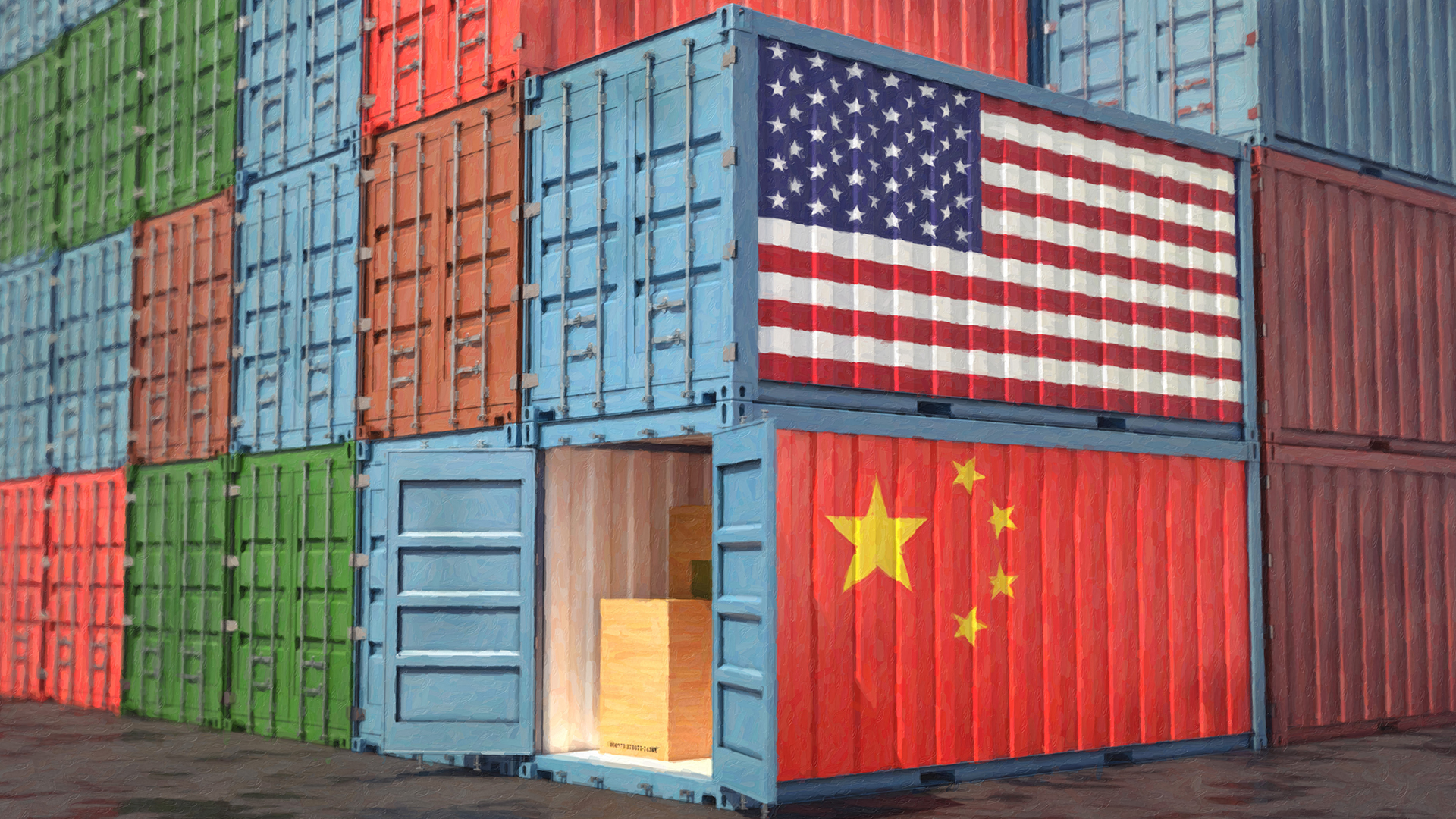How Trump’s New Tariffs Are Reshaping Global E-Commerce
In early 2025, the Trump administration introduced sweeping tariff reforms that are sending shockwaves through the global e-commerce landscape. With tariffs on Chinese imports reaching up to 145% and the closure of the de minimis loophole, which previously allowed duty-free imports under $800, e-commerce businesses worldwide are grappling with rising costs, supply chain disruptions, and shifting consumer behaviors.
The De Minimis Loophole: A Game Changer
The de minimis provision had long been a cornerstone for e-commerce giants like Shein and Temu, enabling them to ship low-cost goods directly to U.S. consumers without incurring import duties. The abrupt termination of this exemption has forced these companies to reevaluate their market strategies. Shein, for example, has ramped up advertising efforts in Europe and Brazil while scaling back in the U.S.
Supply Chain Disruptions and Rising Costs
The new tariffs have led to significant supply chain challenges. Retailers are experiencing increased shipping costs, customs delays, and the need for additional warehousing to manage inventory backlogs. Companies are now seeking alternative manufacturing hubs in countries like Vietnam, India, and Mexico to mitigate these issues.
Impact on Consumer Prices and Behavior
Consumers are beginning to feel the pinch as retailers pass on increased costs. Prices for electronics, apparel, and household goods have surged, leading to more price-sensitive shopping behaviors. Some consumers are turning to refurbished or domestically produced alternatives, while others are delaying purchases altogether.

Strategic Responses from E-Commerce Businesses
To navigate this new landscape, e-commerce businesses are adopting several strategies:
- Diversifying Supply Chains: Shifting production to countries less affected by U.S. tariffs.
- Investing in Domestic Warehousing: Establishing fulfillment centers closer to key markets to reduce shipping times and costs.
- Leveraging Third-Party Logistics (3PL) Providers: Partnering with 3PLs to optimize inventory management and distribution.
- Adjusting Pricing Strategies: Balancing the need to maintain profit margins with the risk of alienating cost-conscious consumers.
With the growing number of mobile shoppers, optimizing mobile personalization becomes essential for e-commerce platforms that want to stay competitive.
Policy Ripple Effects on EU and Global Trade Routes
While the U.S. tariffs primarily target Chinese imports, their ripple effects are being felt globally. European retailers who rely on Chinese suppliers are now facing price increases for goods transshipped through the U.S., while freight forwarders are reevaluating major trade lanes to avoid cost-heavy customs zones. Emerging economies that previously played a minor role in global fulfillment are seeing increased interest as e-commerce companies explore more resilient, regionally diversified logistics setups. This shift is not just logistical but strategic, as brands aim to build tariff-proof supply chains for the long term.
Temporary Tariff Reduction: A 90-Day Pause
On May 12, 2025, the United States and China agreed to a 90-day reduction on tariffs implemented in April, marking a significant attempt to de-escalate the trade war between the world’s two largest economies. Despite this temporary relief, the de minimis exemption remains closed, and companies must continue to adapt to the new trade environment.
The Road Ahead
While the full impact of these tariffs is still unfolding, it’s clear that adaptability and resilience are crucial for e-commerce businesses. Companies that can swiftly adjust their supply chains, embrace new markets, and maintain customer trust will be better positioned to thrive in this evolving environment.









